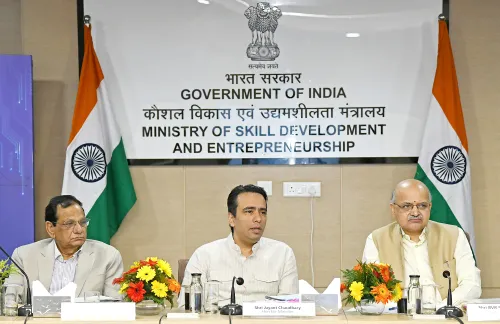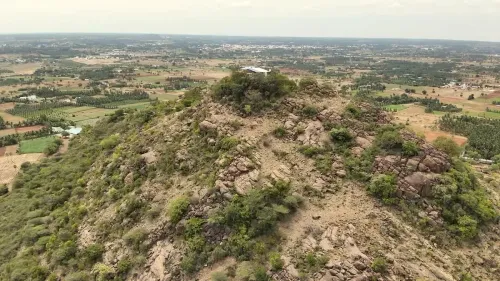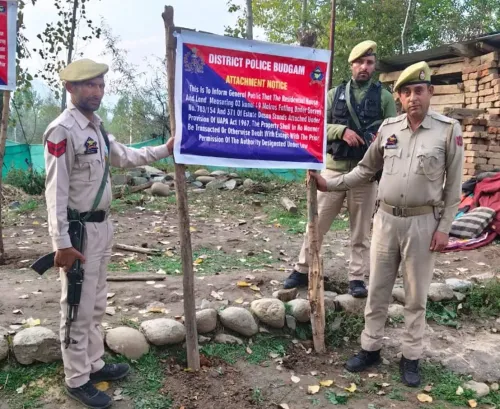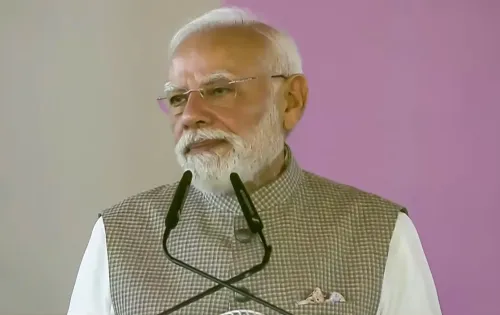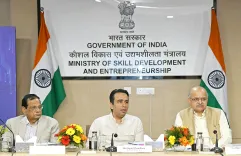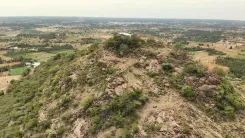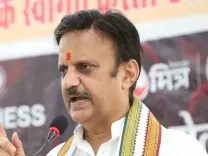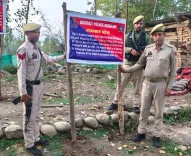How Will India and Russia Enhance Cooperation in Aluminium, Fertilisers, Railways, and Mining?
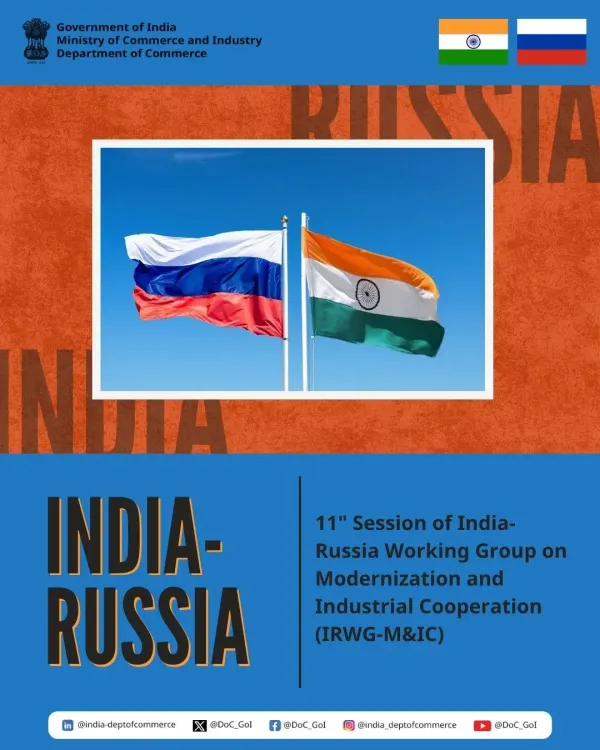
Synopsis
Key Takeaways
- Enhanced cooperation between India and Russia in key industrial sectors.
- Focus on technology transfer in mining and waste management.
- Collaborative efforts in aerospace and advanced manufacturing.
- Significant participation from both nations' delegations.
- Strengthened bilateral ties reaffirmed through the signed Protocol.
New Delhi, Aug 7 (NationPress) India and Russia have solidified their strategic partnership by endorsing a Protocol aimed at intensifying collaboration in aluminium, fertilisers, railways, and mining technology.
During the 11th session of the India-Russia Working Group on Modernisation and Industrial Cooperation held here, both nations expressed enthusiasm about boosting engagement in aluminium, fertilisers, and railway transport, in addition to capacity building and technology transfer in mining equipment, exploration, and the management of industrial and domestic waste.
This meeting was conducted under the auspices of the India-Russia Intergovernmental Commission on Trade, Economic, Scientific, Technological, and Cultural Cooperation, as stated by the Ministry of Commerce and Industry.
On the Indian delegation, the session was co-chaired by Amardeep Singh Bhatia, Secretary of the Department for Promotion of Industry and Internal Trade (DPIIT), alongside Alexey Gruzdev, Deputy Minister of Industry and Trade from the Russian Federation.
The discussions assessed the advancements made since the previous session and created a forum to reinforce collaboration in essential sectors.
Topics covered included updates from sub-groups focusing on modernisation, mining, fertilisers, and railway transportation, as well as new avenues for cooperation.
Prominent areas of interest included partnerships in aerospace science and technology, which encompass the establishment of a cutting-edge wind tunnel facility, the production of small aircraft piston engines, and joint efforts in carbon fibre technology, additive manufacturing, and 3D printing.
Both parties also sought opportunities in the extraction of rare earth elements and critical minerals, underground coal gasification, and the development of contemporary industrial infrastructure.
The meeting wrapped up with the co-chairs signing the Protocol of the 11th Session, reaffirming the strategic partnership between India and Russia and their mutual commitment to advancing industrial and economic collaboration.
Approximately 80 delegates from both nations participated in the session, including high-ranking government officials, industry experts, and representatives from relevant sectors, as reported by the Commerce Ministry.

